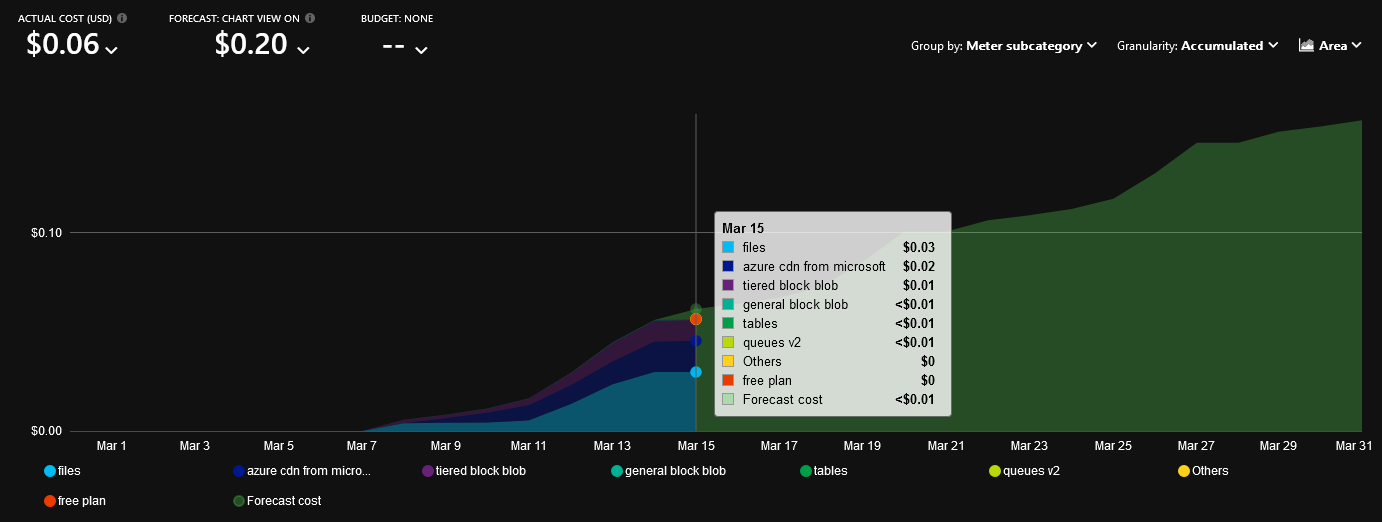Contact
Social Media
Impressum (German) Imprint (English)Datenschutz (German) Privacy (English)
This website costs far less by running without servers. This is done by consuming #serverless services from Microsoft Azure. Typical website hosting would require a web server. Which costs, depending on scale, maybe 5-10€ each month to run a single website. If you'd see a huge spike in views your server will most likely go down.
Serverless, on the other hand, scales event-based. Additionally, you do not need to manage any server at all. You'll just provide the code to run (e.g. Azure Functions). While servers need to be up 24/7 to serve potential customer requests, serverless will only run when there is an actual request.
| Name | Description | Costs per month |
|---|---|---|
| Virtual Server | Single Linux webserver, about 1-2 Gb RAM | 5-10€ |
| Costs per year | 60-120€ | |
| Name | Description | Costs per month |
|---|---|---|
| Azure Functions | Depending on the load, might be even free | <0,1€ |
| Azure Storage | Depending on the load and size, might be even free | <0,2€ |
| Content Delivery Network | Depending on the load and size, might be even free | <0,2€ |
| Costs per year | <4,8€ | |
Using serverless you can potentially save a lot of money compared with typical hosting.
